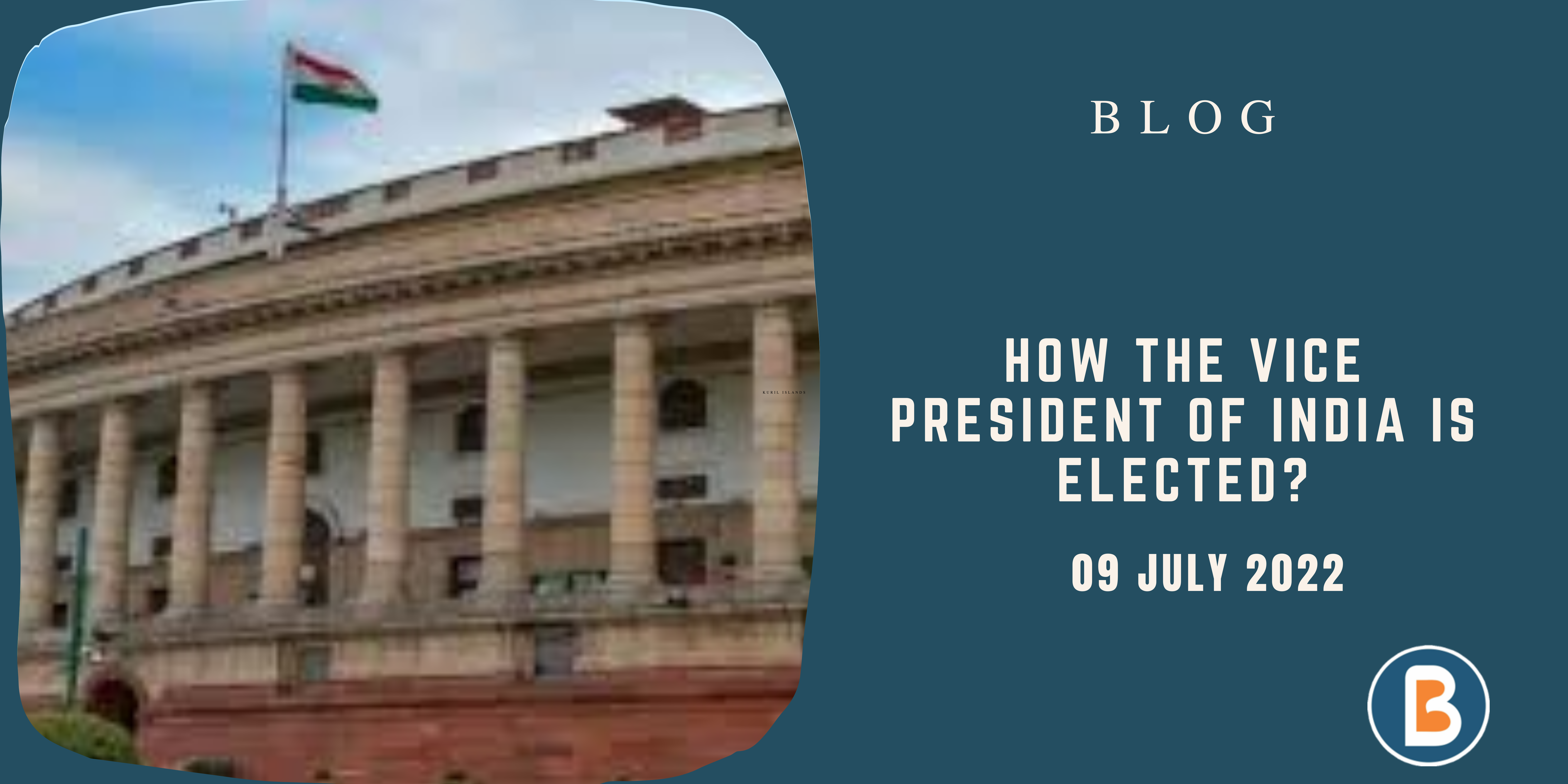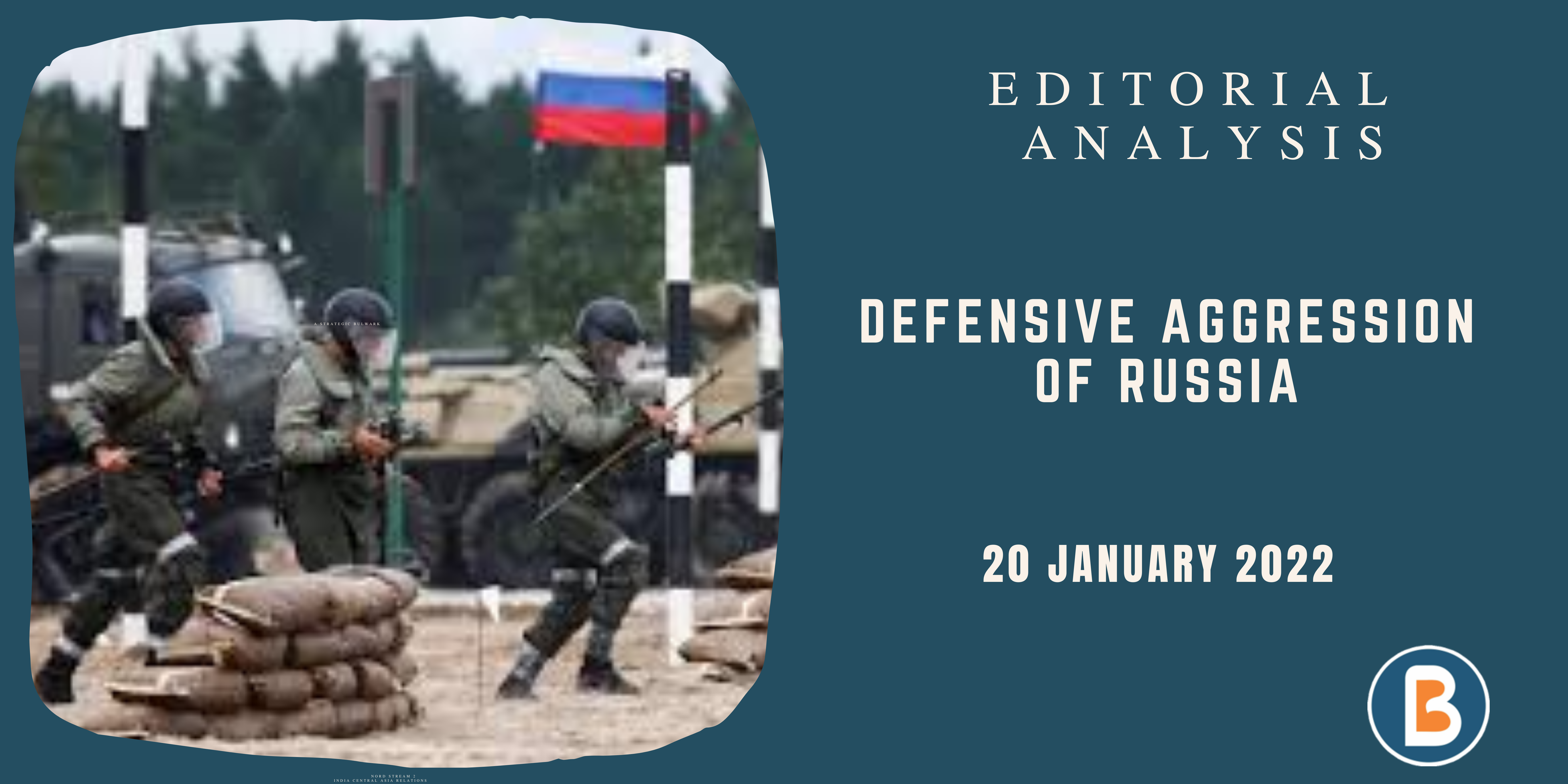The Agnipath Scheme – A Pathway to Service and Skill Development
Context:
The Agnipath scheme introduced by the government aims to reform the defense policy by changing the recruitment process for the Indian armed forces.
- Under this scheme, young men and women, termed Agniveers, are recruited under a short-service manpower model.
Relevance:
GS – 2 (Government Policies & Interventions) GS – 3 (Growth & Development)
Prelims:
Agnipath Scheme and Benefits to Soldiers, Agniveer Army, Navy and Airforce
Mains Question:
Discuss the significance of the introduction of the Agnipath scheme. (150 words)
Key Highlights:
- While initial feedback on Agniveers has been positive, there are challenges ahead in integrating them into military units.
- Unit commanders must focus on psychological assimilation, unit cohesion, and character-building to ensure effective team players.
- Despite technological advancements, the human element remains crucial in combat situations.
- Introducing a psychological test during recruitment could aid in better grooming and assessment of Agniveers.
Dimensions of the Article:
- Introduction of Agnipath Scheme
- Eligibility Criteria
- Objectives
- Benefits for Agniveers
- Related Concerns
- Significance of the Scheme for the Country
Introduction of Agnipath Scheme
- The Agnipath scheme, introduced by the government, marks a significant reform in defense policy by altering the recruitment process for the Indian armed forces.
- Young men and women, termed Agniveers, are recruited under this scheme, which operates on a short-service manpower model.
- The Agnipath Scheme offers young individuals to contribute to the Armed Forces for a duration of four years.
- Termed as “Agniveers,” these youth will have the opportunity to enlist in the army for a short stint. With an annual recruitment target ranging from 45,000 to 50,000 soldiers, most participants will exit the service after the stipulated four-year period.
- Following this term, only 25% of the cohort will be re-enlisted into their respective services for an extended period of 15 years.
Eligibility Criteria
- This scheme is exclusively designed for personnel below officer ranks, excluding those who enter the forces as commissioned officers, the highest-ranking officials within the army.
- Candidates aged between 17.5 and 23 years are eligible to apply.
Objectives
- The primary aim of the Agnipath Scheme is to provide an avenue for motivated youth to serve in the Armed Forces, fostering a spirit of enthusiasm and commitment.
- Additionally, it seeks to reduce the average age profile of the Indian Armed Forces by approximately 4 to 5 years, envisioning a transition from the current average age of 32 years to 26 years within the next six to seven years.
Benefits for Agniveers
- Upon completion of their four-year service, Agniveers will receive a one-time ‘Seva Nidhi’ package amounting to Rs 11.71 lakhs, inclusive of accrued interest.
- Furthermore, they will be provided with a life insurance cover of Rs 48 lakhs for the duration of their service, with an enhanced payout in the event of death, exceeding Rs 1 crore, including pay for the unserved tenure.
- The government will also support soldiers transitioning out of service by offering skill certificates and bridge courses.
Related Concerns
- While initial feedback on Agniveers has been positive, there are challenges ahead in seamlessly integrating them into military units.
- Challenges such as difficulty in securing alternative employment after the four-year term and the absence of pension benefits raise concerns among participants.
- Additionally, the potential underutilization of training received during the service period may result in a loss of experienced personnel within the Armed Forces.
- Despite concerns raised, the government is yet to take an official stand on certain aspects of the scheme.
Significance of the Scheme for the Country
- The Agnipath Scheme aims to cultivate “future-ready” soldiers while simultaneously increasing employment opportunities.
- By leveraging the skills and experience gained during their service, participants can explore diverse fields of employment, contributing to a higher-skilled workforce and fostering economic growth.
Way Forward and Conclusion:
- To address the challenges posed by the Agnipath scheme and ensure the effective integration of Agniveers into military units, unit commanders must focus on psychological assimilation, unit cohesion, and character-building.
- Furthermore, the government should consider introducing a psychological test during recruitment to better assess and groom Agniveers.




